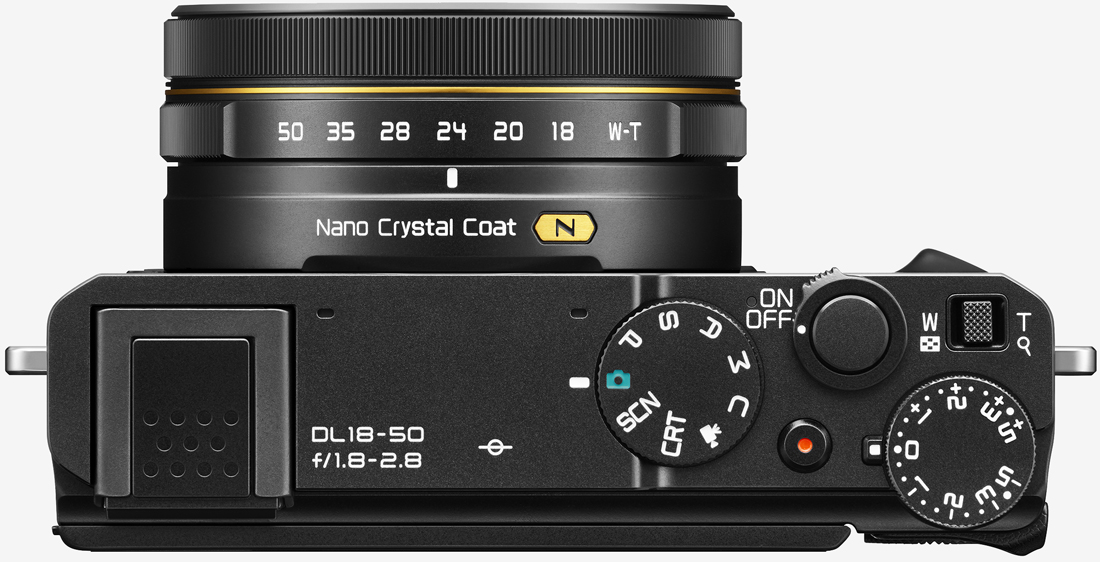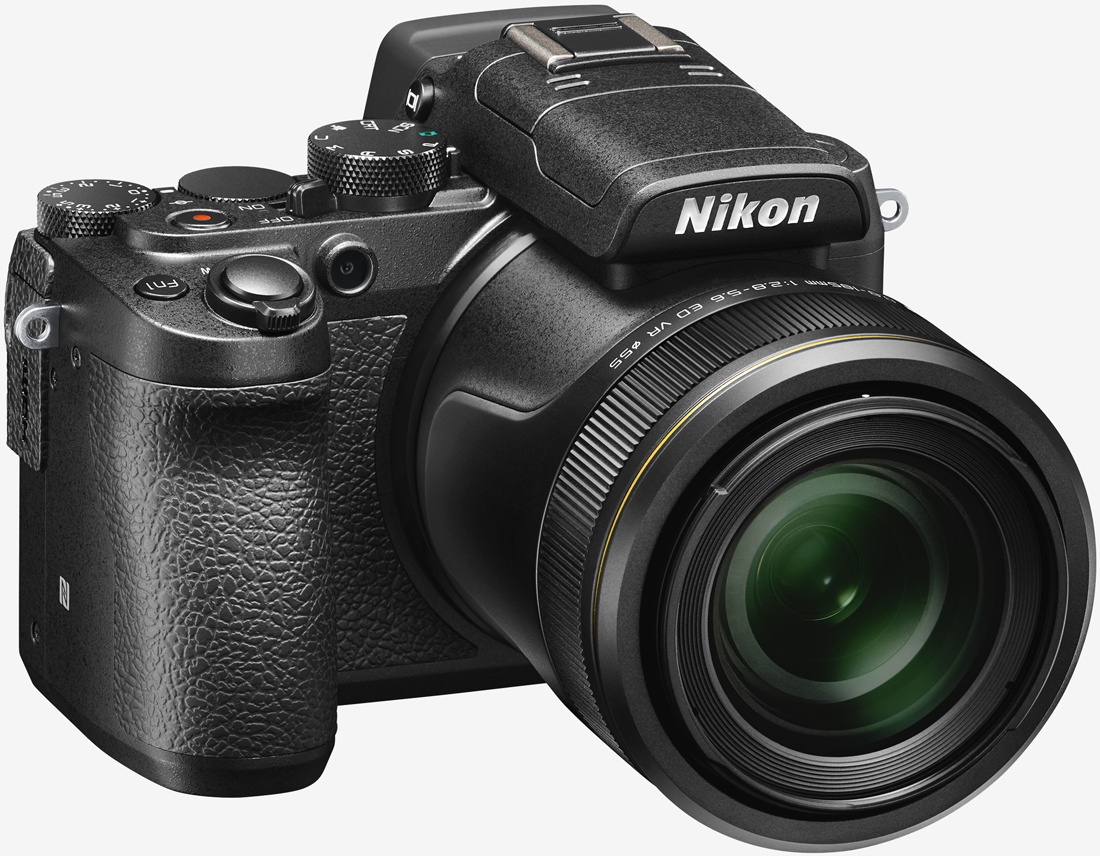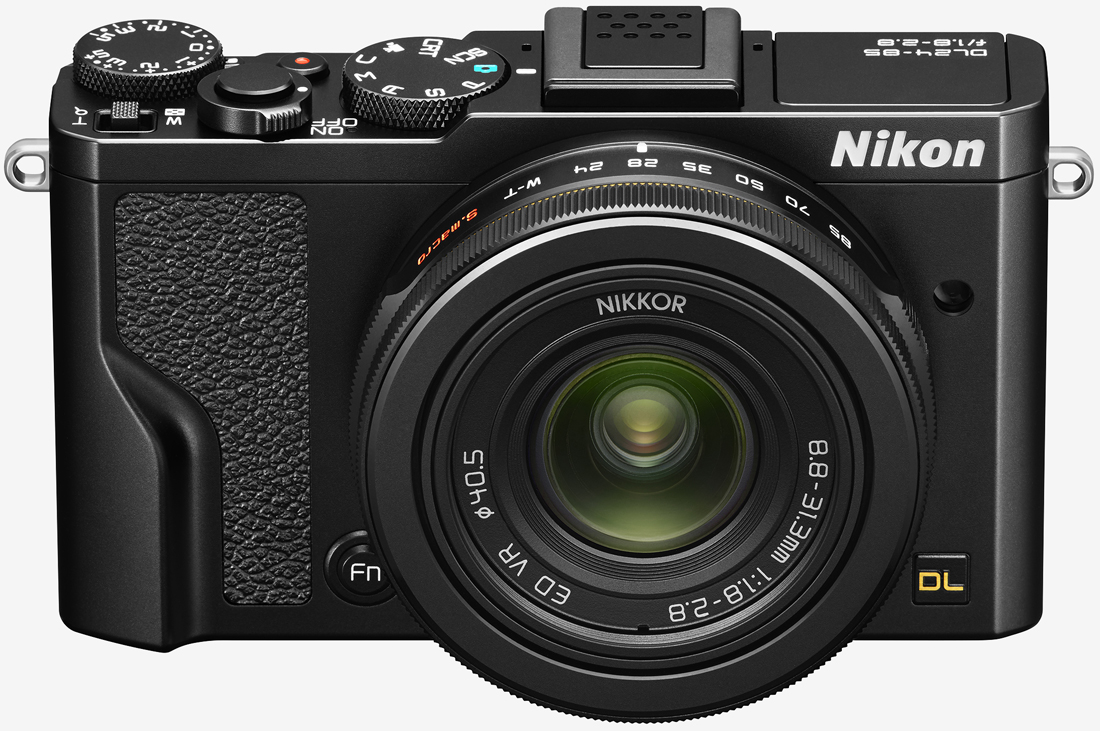Cameras built into mobile phones first encroached on the territory of standalone digital cameras in the early 2000s but it would be many years before they were considered a threat. These days, it's next to impossible to find a smartphone without a camera.
While one could argue that convenience alone trumps all other aspects, smartphone cameras can't yet compare to the quality afforded by a respectable standalone digital camera - especially a DSLR or mirrorless camera. But what if you aren't that into photography, would rather not fool with swapping lenses or simply want a great camera without all the bulk?
Nikon's latest line of point-and-shoot digital cameras may be just what you're after.
The new DL series is comprised of three compact fixed-lens cameras that cover the most common focal ranges. The DL18-50, DL24-85 and DL24-500 feature wide, mid-range and super telephoto zoom ranges of 18-50mm, 24-85mm and 24-500mm, respectively, and all utilize Nikon's 20.8-megapixel 1-inch "CX" BSI CMOS sensor (the same one found in the Nikon 1 series) mated to an Expeed 6A image processor.

The DL18-50 and the DL24-85 both feature a variable f/1.8-2.8 aperture and four stops of stabilization while the DL24-500 offers a variable f/2.8-5.6 aperture and five stops of stabilization. As you'd expect, the DL18-50 and DL24-85 are pocketable; the DL24-500, not so much.
Each model offers RAW image capture and 20fps continuous shooting as well as 4K video recording at up to 30fps and slow-motion capture at 120fps (1080p) and 240fps (720p). All three cameras also utilize Nikon's BridgeSnap system which leans on both Wi-Fi and Bluetooth to speed up wireless transfers. Hot shoes can be found on all three models.

Nikon says the DL18-50 will ship this summer priced at $849.95 while the DL24-85 will set you back $649.95. The superzoom DL24-500, meanwhile, will command $999.95 when it arrives this summer. Personally, I'd opt for something in the mirrorless category that affords the added flexibility of an interchangeable lens camera but as cameras like the Sony RX100 III have demonstrated, the market for fixed-lens point-and-shoots still very much exists.
